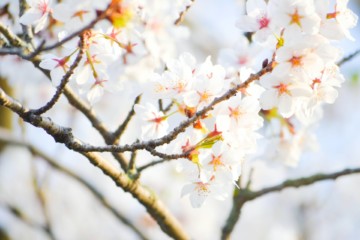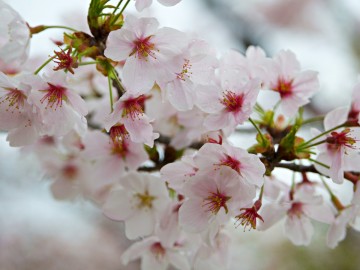
Songs are threefold. They have a rhythm (the beat, like the beat of footsteps), the melody (the mood that touches our soul) and the lyrics (the meaning of the words). The first one – rhythm – plays right into the work of earliest childhood with its focus on movement, rhythm and the body. Nursery rhymes…
More »



